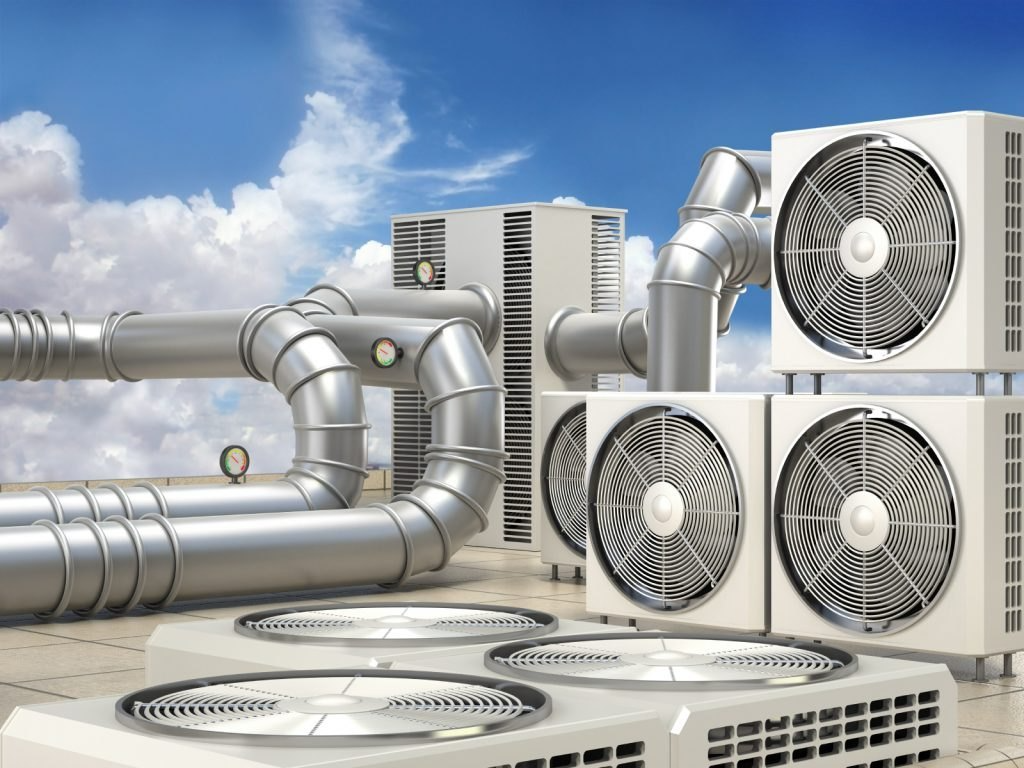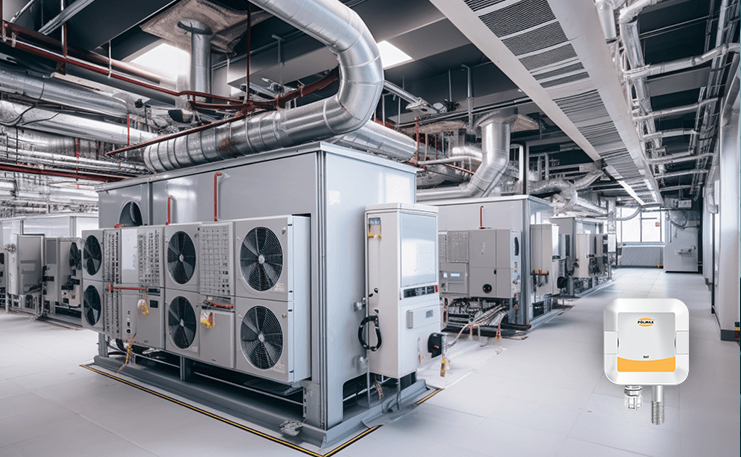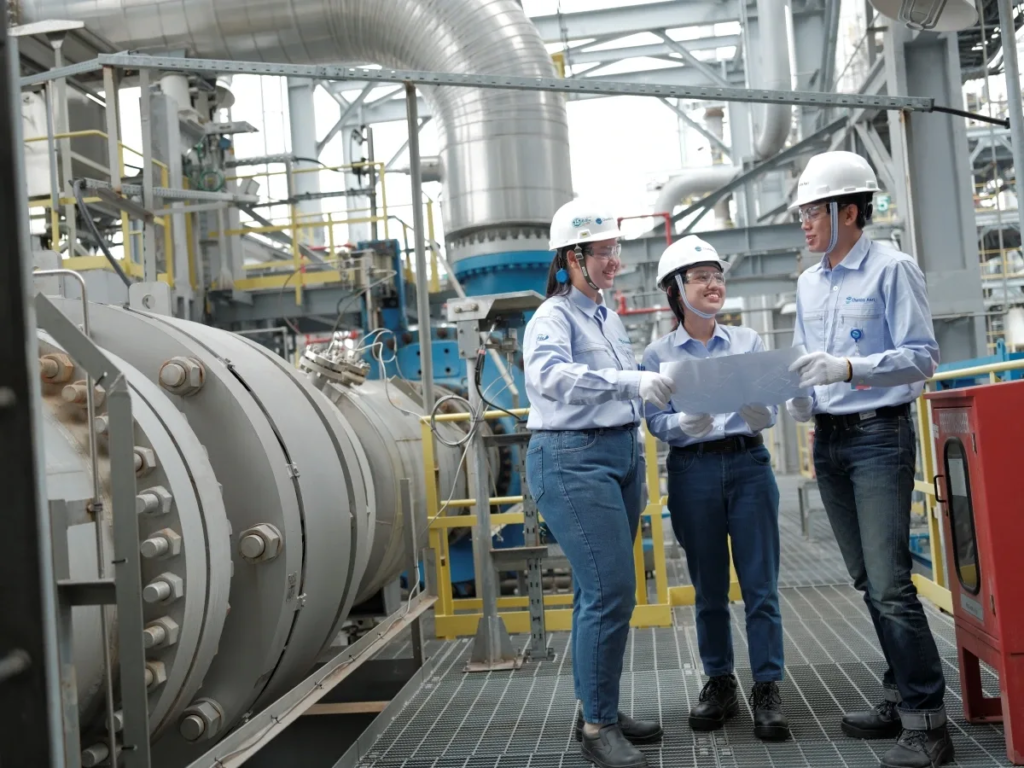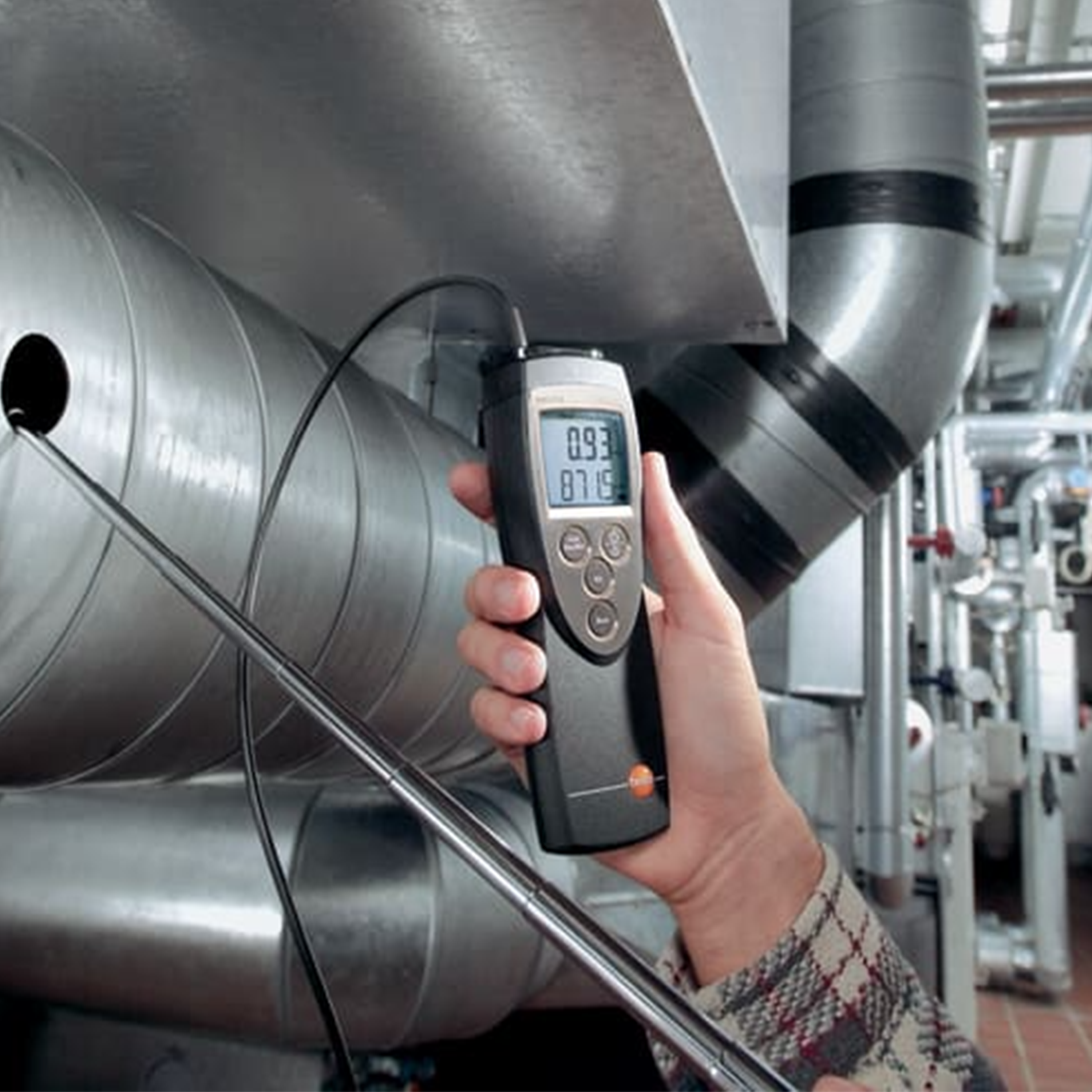Heating, Ventilation, Air Conditioning
HVAC Solution
HVAC stands for heating, ventilation, and air conditioning first and foremost. Both residential and commercial buildings can be heated and cooled using this technology. HVAC systems are used to provide comfortable environments anywhere from single-family homes to submarines. These systems, which are gaining popularity in new buildings, utilise outside air to offer excellent indoor air quality. The replacement or exchange of air within a space is represented by the V in HVAC, or ventilation. This improves inAterior air quality by removing moisture, smoke, odours, heat, dust, airborne bacteria, carbon dioxide, and other gases as well as maintaining temperature and resupplying oxygen.
Optimized HVAC Solutions for a Sustainable Future
The three main functions of an HVAC system are interrelated, especially when providing acceptable indoor air quality and thermal comfort. Your heating and air conditioning system is often one of the most complicated and extensive systems in your home, but when it stops working you’ll know soon enough! There are nine parts to your HVAC system that you should be familiar with the air return, filter, exhaust outlets, ducts, electrical elements, outdoor unit, compressor, coils and blower.
When setting up a high-rise building, commercial complex, industrial unit, hospital, parking unit, hotels, etc. where air quality and temperature parameters need to be maintained so that the staff nearby may live correctly, HVAC is one of the most crucial components needed.
PLCs were not used in traditional HVAC systems, but today practically all of them have them installed for better and more precise control.
In essence, there are a huge variety of HVAC applications that are utilised globally. We’ll look at a few of the most popular ones.
Comprehensive HVAC Measurement & Control
Heating, ventilation, and air conditioning, or HVAC as it is commonly abbreviated, are the three essential components of the complete system.
A furnace or boiler is typically referred to as the heating element. If you’re using a forced air system, it also comprises ductwork or a pipe network for the fluid conveying the heat.
The ventilation element can be forced or natural, and when it is forced, it frequently also serves to purify the air.
As most of us are aware, air cooling, which is the exact opposite of heating, is the third and final component of an HVAC system. Its primary goal is to expel the internal heat from the house.
Unexpectedly, we encounter this query frequently. You may be wondering what precisely separates HVAC from air conditioning. Actually, the last part of HVAC is air conditioning, but the terms are frequently used interchangeably to refer to any type of heating or cooling appliance in a home. Think of HVAC as the umbrella word and air conditioning as a component of it.
There are quite a few front runners in the HVAC world, but here at Brennan Heating & Air Conditioning we only install Lennox and that’s for a number of reasons.
How Many Years Does An HVAC System Last
You may be curious about the lifespan of a new HVAC system now that you know exactly what it is made up of. How long the system will last truly relies on the equipment. However, if you perform the necessary annual maintenance, your equipment will keep working for a very long time. Do you intend to swap out your current HVAC system? Or perhaps you want to add one completely? Call Brennan Heating & Air Conditioning, your neighbourhood HVAC experts, today!
Applications
Air Handling Unit (AHU)
Air Handling Unit is the abbreviation. It is one of the HVAC applications that is most frequently employed. It operates using logic from refrigeration.
The indoor environment can be kept cool by using an AHU. In essence, it uses a heat transfer mechanism to change air that is warmer as an input into air that is warmer.
Our expertise in the field
Detecting minute amounts of CIP fluid contamination prior to packaging or bottling, monitoring the pH value to assure the shelf life of the finished product, and monitoring the fermentation pace are more examples. From glass electrodes and enamel sensors all the way up to non-glass ISFET sensors, Endress+Hauser offers a broad selection of pH sensors.

Chillers
A product’s density needs to be precisely measured in order to monitor and manage its consistency in quality. The density data are translated to other units, such as Brix, Baume, API, Plato, or alcohol, to determine the concentration.Large commercial or industrial complexes typically use chillers to supply low-temperature water for their varied needs.
Our expertise in the field
AHU and chillers both operate on the same principles. The primary distinction is that water is cooled instead of air.
The cooling medium for heat exchange is a compressor. The components utilised are larger than those used in AHU because water has a higher density and volume than air.

Ventilation
Ventilation is a method of removing unhealthy air from the workplace. Moisture, smoke, heat, dust, carbon dioxide, or airborne germs and viruses are examples of the undesirable components.
To remove exhaust air from the working environment, it employs a number of techniques.
Our expertise in the field
The crucial metrics colour and turbidity must be continuously monitored in order to ensure the success of each of these applications and procedures. Endress+Hauser provides a broad selection of optical sensors tailored to the needs of each individual application.

Heat Pumps
Heat pumps are employed in settings where both heating and cooling are necessary. When you need heating, they transfer heat from the cool outdoors into the warm inside, and when you need cooling, they transfer heat from your chilly interior into the warm exterior. This technology is both incredibly cost-effective and highly effective.
Our expertise in the field
For various measurement ranges and situations, such as CIP cycles or sanitary operations, Endress+Hauser offers trustworthy and accurate instruments. Take advantage of a variety of sensors and transmitters.


Heating, Ventilation, Air-condition, Refrigeration
Measuring contraptions from Kelfos are used by means of clients all over the world for broadly differing applications. However, our actual energy has for years been with HVAC/R technicians. Nowhere are the size duties extra diverse, the stipulations more difficult and the clients extra demanding. Just the proper combination for us.
Thermodynamics, fluid physics, and heat transmission are the foundation of HVAC. HVAC is a sort of automation system, just as other kinds of automation systems.
Heating, Ventilation, Air Conditioning, and Refrigeration (HVAC/R) systems are at the heart of modern building comfort and efficiency. To ensure precise control, energy optimization, and system reliability, professionals in this field rely on accurate and durable measuring instruments.
HVAC/R technicians face varied challenges — fluctuating environmental conditions, diverse installation needs, and strict regulatory standards. Kelfos delivers robust, reliable, and easy-to-integrate instruments that empower technicians to do their best work, every time.
Need a Consultation? Contact Us 24/7
Innovative Test & Measurement Solutions for Market Leadership




